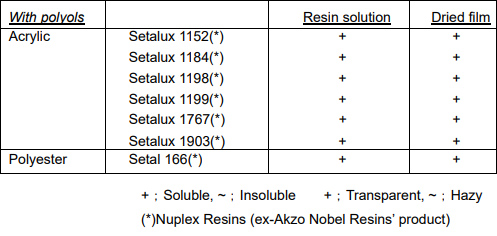I. What is a catalyst?
A catalyst is a substance that speeds up the process of a chemical reaction, but is not involved in the chemical reaction itself. The addition of a catalyst can increase the efficiency of a chemical reaction by greatly reducing the time and temperature required for it to reach equilibrium.
Classification of catalysts
Catalysts are mainly divided into two categories: one is inorganic catalysts, such as metal catalysts, oxide catalysts, acid-base catalysts, etc.; and the other is organic catalysts, such as enzyme catalysts, biocatalysts and so on.
The working principle of catalyst
The working principle of catalyst is based on the adsorption and dissociation of reactants, as well as the intermediate formation and cleavage processes occurring on the catalyst surface. The following are the basic steps in the working principle of a catalyst:
1. adsorption: the catalyst is able to adsorb on the surface of reactant molecules, changing the charge distribution and molecular structure of the reactant molecules so that they are easy to undergo chemical reactions on the catalyst.
2. Activation: After adsorbing the reactants, the catalyst stimulates the molecules to undergo chemical reactions by providing electrons, dismantling chemical bonds, or triggering charge transfers between molecules so that the energy adsorbed by the reactants is reduced.
3. Reaction: the formation of intermediates on the surface of the catalyst and their reaction, i.e. the catalyst acts as a site for the reaction and facilitates the chemical change of the reactants into the desired product.
4. Dissociation: the resulting products leave the surface of the catalyst so that the catalyst can again adsorb new reactant molecules.
IV. Role of catalyst
As a special substance, catalyst can help reactant molecules combine and react more quickly and easily, in addition, catalyst also has the following roles:
1. reduce reaction activation energy: catalysts make it easier to combine reactant molecules into desired products by adsorption and activation of reactant molecules, and they can reduce the activation energy needed for the reaction and accelerate the reaction speed.
2. Improvement of reaction selectivity: catalysts can control the location and direction of the reaction so that a specific chemical reaction occurs without causing unnecessary side reactions.
3. Improvement of reaction efficiency: catalysts can increase the efficiency of the reaction, reduce reaction time and energy consumption, save raw materials and accelerate the preparation of products.
V. Conclusion
Catalysts play a vital role in chemical reactions. Through the process of adsorption, activation, reaction and dissociation, catalysts can accelerate the chemical reaction, improve the reaction efficiency and increase the reaction selectivity, which makes the chemical synthesis more accurate and efficient. Therefore, catalysts have become an important and indispensable part of the modern chemical industry.







